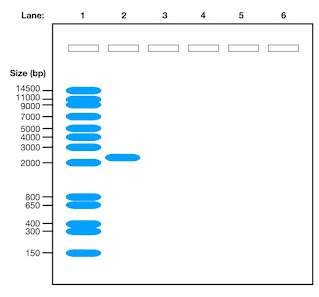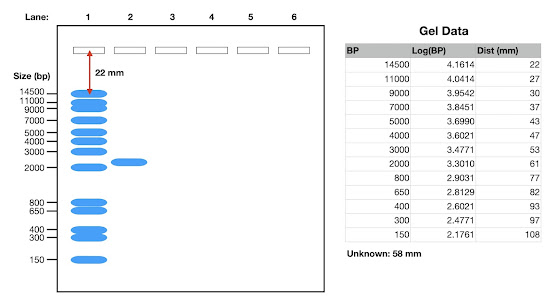This video is in response to a question I have received on YouTube:
“Thanks it is very helpful but can you present how to calculate slope and intercept in this curve”
The question often gets asked about two of my other videos:
- How to calculate the size of a DNA band on a gel?
- How to Determine Protein Size on an SDS-PAGE Gel | Step-by-Step Tutorial
In the How to Calculate the Gradient (m) and Intercept (c) in y = mx + c | Gel Analysis Tutorial, I explain how to calculate the gradient (m) and intercept (c) in the linear equation y = mx + c. I explain three methods that can be used:
- Graph-based calculation
- Solving simultaneous equations
- Using Excel or Apple Numbers.
If you would like to say thanks for the video, then please feel free to buy me a coffee at https://www.buymeacoffee.com/drnickm
Additional Resources
- 📗 - Maths and Chemistry Refresher for Life and Biomedical Scientists
- 📗 - Catchup Chemistry (affiliate link to the book)
- 📗 - Catchup Maths and Stats (affiliate link to the book)
- 📗 - Maths and Chemistry Refresher for Life and Biomedical Scientists
- 📗 - Catchup Chemistry (affiliate link to the book)
- 📗 - Catchup Maths and Stats (affiliate link to the book)



